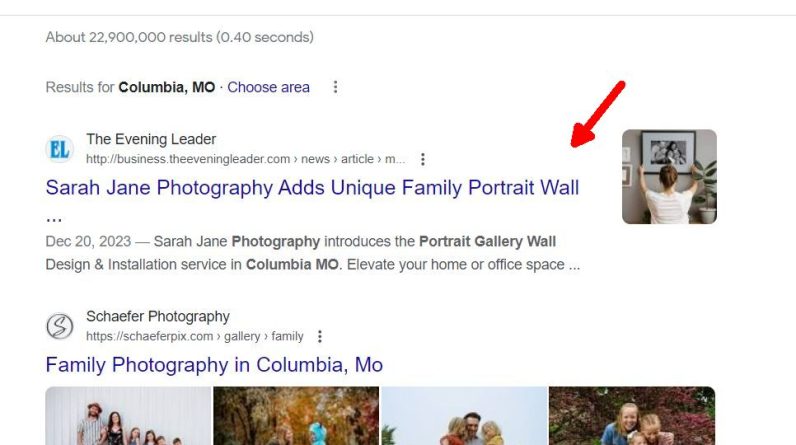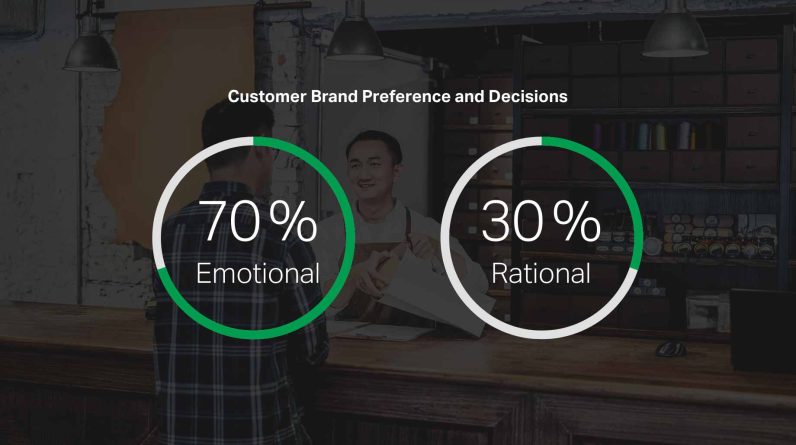Case studies are an effective way to showcase your company’s successes and demonstrate how you can help customers solve their problems. They can be a powerful marketing tool that helps you stand out from the competition, but only if they’re well crafted. To ensure your case studies make a positive impression on potential customers, here are seven tips for writing an error-free and impactful case study.
1. Establish Goals
Before you start writing your case study, it’s important to set some goals for what you want to achieve. Do you want to increase awareness of a particular product or service? Are you looking to highlight a unique solution that sets your company apart from the competition? Knowing what outcome you’re aiming for from the outset will help ensure that all of the components of the case study come together in a cohesive way.
2. Choose Your Subject Wisely
Choose someone who had a successful outcome after using your product or service as the subject of your case study. This person should be able to articulate their experience with your company in detail so they can provide valuable insights into how they benefited from using it. Additionally, it should be someone who has achieved significant results and whose story will be inspiring and relatable to readers.
3. Gather Information
Once you have chosen a subject, contact them and ask them questions about their experience with your company and its products or services. Make sure you get specifics about what problems they were facing before working with your business, their experience during the process, and any tangible results achieved by working with you. You may also want to ask them for any feedback they have on how things could have been improved or done differently during their time working with your business – this will come in handy later when crafting solutions-oriented copy for the case study itself.
4. Tell A Story
No one wants to read dry facts and figures – try turning those details into an engaging story instead! Start off by introducing who is featured in the case study (the customer) as well as their problem that needed solving – this is where any testimonials or quotes collected during step 3 come in handy! From there, dive into how they worked with your business (and include details like timelines here) before ending on how everything ended up being resolved because of working together (and don’t forget including specifics like goals achieved!).
5 . Use Visual Content
Visual content is essential for making sure readers find value in a case study – after all, no one wants to read through pages of text without any visuals! Try incorporating images or videos related to each stage of the customer’s journey throughout the piece – this could include screenshots of conversations between them and customer support staff, video interviews discussing their experience using particular products or services offered by your business etc., etc.. This will give readers more insight into what actually happened while making sure they don’t get bored halfway through!
6 . Include Metrics & Results
It’s important to include metrics such as ROI (return on investment), cost savings etc., so potential customers know exactly what kind of benefit they’d receive if they choose to work with your business too – these numbers provide credibility when promoting yourself as an expert at solving certain types of problems! Additionally, make sure there are plenty of tangible results included throughout – such as increased sales numbers after launching new features etc.- so readers understand just how successful things can get when partnering up with someone like yourself!
7 . Proofread & Edit
Once everything has been written down correctly – double check it all again! Spelling mistakes are not going make anyone think highly about either yourself or whatever product/service is being highlighted within this piece – so make sure everything looks perfect before sending it out into cyberspace by proofreading multiple times (or better yet – have somebody else take a look too!). Additionally consider hiring an editor if necessary; having someone else look over this content objectively can really bring out even more impactful changes than simply relying on yourself alone would do!
Crafting an error-free and impactful case study isn’t easy but following these seven steps should help get things started in the right direction: establish goals; choose wisely; gather information; tell stories; use visual content; showcase results & metrics; proofread & edit… Good luck!







